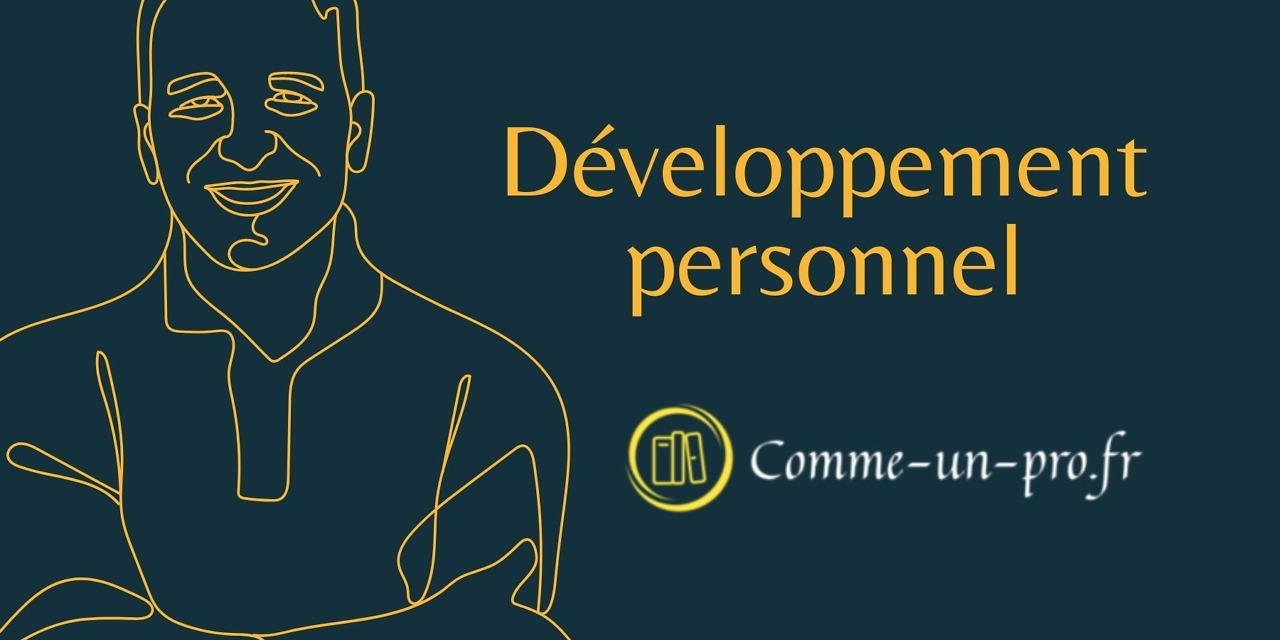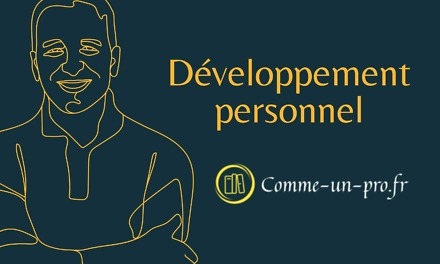Understand the basic message of the book
“The Monk Who Sold His Ferrari” is not just a book, it is an invitation to a journey of personal discovery towards a more fulfilling life. Author Robin S. Sharma uses the gripping story of a successful lawyer who chooses a radically different life path to illustrate how we can transform our lives and achieve our deepest dreams.
Sharma's compelling storytelling awakens in us an awareness of the important aspects of life that we often ignore in the hustle and bustle of our daily lives. It reminds us of the importance of living in harmony with our aspirations and our fundamental values. Sharma uses ancient wisdom to teach us modern life lessons, making this book a valuable guide for anyone seeking to live a more authentic and fulfilling life.
The story centers around Julian Mantle, a successful lawyer who, faced with a major health crisis, realizes that his materially rich life is actually spiritually empty. This realization led him to abandon everything for a trip to India, where he met a group of monks from the Himalayas. These monks share with him wise words and principles of life, which radically transform his perception of himself and the world around him.
The essence of wisdom contained in “The Monk Who Sold His Ferrari”
As the book progresses, Julian Mantle discovers and shares universal truths with his readers. It teaches us how to take control of our mind and how to cultivate a positive outlook. Sharma uses this character to show that inner peace and happiness don't come from material possessions, but rather from living a life well lived on our own terms.
One of the most profound lessons Mantle learns from his time among the monks is the importance of living in the present. It's a message that resonates throughout the book, that life happens here and now, and that it's essential to fully embrace each moment.
Sharma also manages to demonstrate through this story that happiness and success are not a matter of luck, but are the result of deliberate choices and conscious actions. The principles discussed in the book, such as discipline, introspection, and self-respect, are all key to success and happiness.
Another key message from the book is the need to keep learning and growing throughout our lives. Sharma uses the garden analogy to illustrate this, just as a garden needs nurturing and nurturing to thrive, our mind needs constant knowledge and challenge to grow.
Ultimately, Sharma reminds us that we are the masters of our destiny. He argues that our actions and thoughts today shape our future. From this perspective, the book serves as a powerful reminder that every day is an opportunity to better ourselves and get closer to the life we desire.
Putting into practice the lessons of the book “The monk who sold his Ferrari”
The real beauty of “The Monk Who Sold His Ferrari” lies in its accessibility and applicability to everyday life. Sharma not only introduces us to profound concepts, he also gives us practical tools to integrate them into our lives.
For example, the book talks about the importance of having a clear vision of what you want to achieve in life. For this, Sharma recommends creating an “inner sanctuary” where we can focus on our goals and aspirations. This can take the form of meditation, writing in a journal, or any other activity that promotes thought and concentration.
Another practical tool offered by Sharma is the use of rituals. Whether it's getting up early, exercising, reading, or spending time with loved ones, these rituals can help bring structure to our days and focus on what's really important.
Sharma also emphasizes the importance of service to others. He suggests that one of the most rewarding and effective ways to find purpose in life is to help others. This can be through volunteering, mentoring, or simply being kind and caring to the people we meet on a daily basis.
Finally, Sharma reminds us that the journey is just as important as the destination. He emphasizes that every day is an opportunity to grow, learn and become a better version of ourselves. Rather than just focusing on achieving our goals, Sharma encourages us to enjoy and learn from the process itself.
Below is a video that will give you an overview of the first chapters of the book “The Monk Who Sold His Ferrari”. However, this video is only a brief overview and does not replace the richness and depth of reading the entire book.


